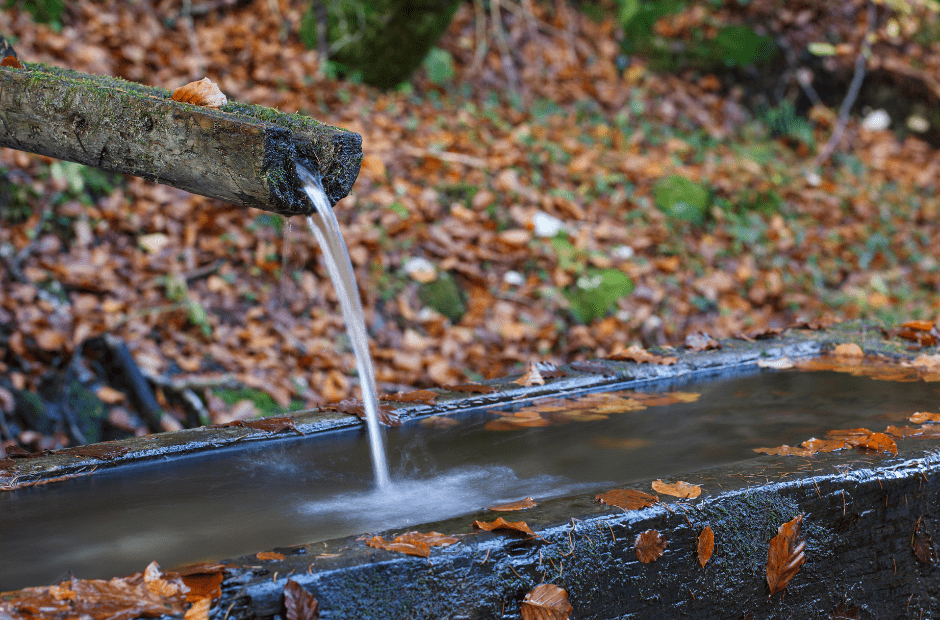Water levels in aquifers this August reached higher levels than have been observed at the same time during the past four years, the latest figures from Wallonia's Regional Crisis Centre show.
In general, groundwater levels drop at this time of year as temperatures rise and precipitation decreases. But the abnormally wet and tempestuous summer Belgium experienced this year reversed this tendency, most dramatically with the tragic floods that afflicted much of the east of the country in July.
"The high quantities of rain in mid-July have significantly replenished groundwater levels," the Centre explains. "These are often reached, or even surpassed, by precipitation in winter."
These increased water levels have been especially marked in the limestone aquifers of Hesbaye and Viemme, both in the western vicinity of Liège. In the latter village, aquifer water levels continue to rise and were measured at 86cm on 25 August - a level that surpasses the highest point in 2020.
Luxembourg Province seems to be least affected, with levels at the Sinémurien aquifer similar to those recorded in 2018 and 2019.
The same is seen in Flanders, particularly in the east of the region. Figures showed a higher water level in 29% of monitoring points and significantly higher levels in 37%. Low and very low levels were recorded in only 5% and 4% of monitoring points, respectively.
Earlier in the summer, water agencies were reporting water scarcity in aquifers in spite of the floods. This is largely due to the high domestic and industrial water consumption in Belgium. In this respect, the most recent figures are encouraging although wider questions about Belgium's water management are raised.
The Brussels Times

